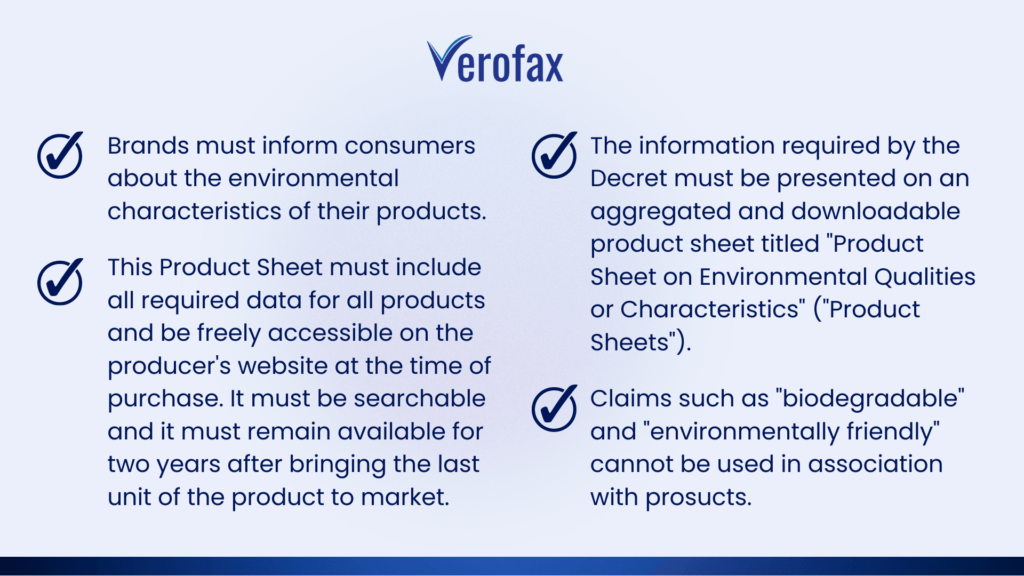Textile and fashion brands did not always disclose their supply chain information.
In fact, before the 90s, they considered this sensitive information and guarded it closely to conserve competitive advantage.
However, in the late 90s and early 2000s, US college students formed the United Students Against Sweatshops (USAS) network and campaigned for universities to include supply chain disclosure as part of their agreements with athletic apparel providers. It was a success.
Under pressure from sweatshop allegations, Nike and Adidas eventually published the full list of their factories around the world. This ushered in a new paradigm of transparency for the apparel industry, as other big names such as Levi Strauss and Patagonia joined in.
Still, there were no standards to adhere to.
In 2016, a coalition of human rights groups, labor rights advocates and unions published the “Apparel and Footwear Transparency Pledge” (Transparency Pledge for short), a proposal for companies to sign up and adhere to a set of standards.
Here is a non-comprehensive list of those that joined (there were 74 in total):
Adidas, C&A, Columbia Sportswear, Cotton On Group, Disney, Esprit, Forever New, Fruit of the Loom, Gap Inc., G-Star RAW, Hanesbrands, H&M Group, Hudson’s Bay Company, Jeanswest, Levi Strauss, Lindex, Marks and Spencer, Mountain Equipment Co-op, New Balance, Nike, Pacific Brands, PAS Group, Patagonia, Puma, Specialty Fashion Group, Target USA, VF Corporation, Wesfarmers Group (Kmart and Target Australia, and Coles), and Woolworths.
31 fell short of the standards and 22 did not disclose.
The issue was a lack of legislation. Governments need to step in.
Governments stepping up
Between 2020 and 2022, the US government passed three legislations designed to tackle human rights and environmental issues in fashion.
Indeed, the climate crisis and our awareness of it had grown exponentially over the previous two decades, while the Uyghur crisis in China brought up human rights issues in fashion again.
One of the three laws, the “New York State Fashion Sustainability and Social Accountability Act” puts a heavy focus on identifying high emissions sources in one’s supply chain and taking action to reduce it. That’s very difficult to do.
The problem is no one made brands have to track and understand their supply chains to such a high degree before. Failing to meet the law’s standards could cost up to 2% of the brand’s annual revenues (a hefty sum in many cases).
France jumps in
This brings us to the main topic, France’s “Loi AGEC” (Décret n° 2022-748), introduced in January 2023. It demands that brands measure and disclose the environmental impacts of any garment sold in the country. Here are the 4 requirements:

The point is to empower buyers to make informed decisions on what they buy.
The problem is that your typical in-person shopper doesn’t want to have to search up every garment they browse.
Thus the need for a new solution – digitally interactive products.
Interactive products
What is an interactive product? It is one that interacts with a person’s phone to lead them to designated web content (i.e. product information).
There are 3 ways phones can interact with physical objects.
- QR codes
Ubiquitously scannable by phone cameras, these are a cheap way to create interactive objects. However, they do need to be added to the packaging or production process.
- NFC
“Near-field Communication” is built into most smartphones today, allowing interaction at very short range. People typically use it to pay by tapping their phone on a reader.
- Computer vision
A specialty of Verofax Solutions, computer vision can remove the need for adding a tag to each product. If a brand desires to make a single product interactive, it can be worth using computer vision tech to make it recognizable to consumer cameras.
Interactive products allow brands to communicate with every actor along the supply chain, all the way to the end consumer, since everyone can scan and recognize them. But what do they mean for the fashion industry?
A new era for brand-consumer communication
Things have changed since the pandemic. Customer loyalty has never been so volatile. We all want brands whose values are clear, while we expect customer experiences similar to those online but in the real world.
This seems like an impossible task, but interactive products change that.
Brands can now seamlessly offer relevant information to every customer, along with a set of actions to make the customer experience smooth as ever.
What can a brand do through an interactive product, concretely?
- Offer information about the product itself, the craftsmanship that went into it, its journey and its environmental impact. Utilitarian information, like how to use it and when.
- In-store actions to smooth out the experience, such as browsing colors, checking stocks and in-hand checkout.
- Post-sales tools like care and repair tips, resale channels and more.
- Data collection on who bought what and where, and what actions were taken through the portals.
The shrewder brands will also incentivize customer sign in so they can be retargeted with advertisement.
The question is not will it, but when it will become standard to find interactive labels on every product we buy.
Finishing thoughts
France’s new legislation is but the result of a movement that began over two decades ago, and that governments are finally following up on. This gives us an interesting snapshot of how fast such matters move, which is not fast but better late than never.
We are at a tipping point where the tech meets the need, ushering in a new way of doing things. Very exciting stuff.








